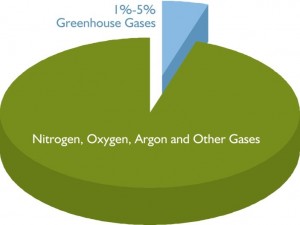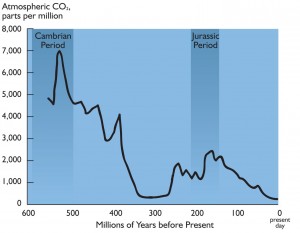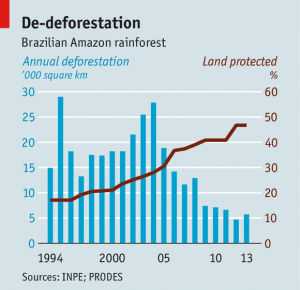The Challenge of Becoming a Green Nation (Part 2)
In my previous blog post, I critically examined our nation’s predisposition to view public policy, if formulated by a democratic process, as being sufficient for promoting the public interest in managing our nation’s energy economy. Abandoning decentralized, voluntary market transactions and embracing centralized, regulated energy resource allocations does not ensure a superior pathway for satisfying our nation’s long-run energy needs. Specifically, I noted that:
- Competition over scarce energy resources exists, whether they are allocated in the private or public sectors.
- Self-interest guides citizen choices in both the private and public sectors.
- Power and influence were unequally distributed in both the public and private sectors.
These realities imply that there is plenty of room for inefficient development of energy resources to arise from poor public policy design. Further, we also need to understand the many challenges of implementing regulatory policy over our nation’s energy resources.
Observation #4: Critical knowledge for efficient and sustainable energy resource allocation is scarce and it tends to be concentrated in the same markets that the federal agencies are tasked with regulating.
This means that government agencies need to hire industry experts from the very markets that they try to regulate. Also, regulators from these agencies tend to be heavily recruited by special interest groups operating in the markets that are being regulated. With such cross-pollination of talent, there exist many opportunities for unequal influence to occur in the design and implementation of public policy which may not necessarily reflect the public interest.
An illustrative case is the recent announcement that the second highest EPA administrator resigned from his federal appointment to head a non-profit group that seeks to influence the EPA’s federal energy policy design and implementation. Whether we agree or disagree with this organization’s goals and objectives, it still illustrates how public policy is not insulated from the same concentration of influences that supposedly contaminate private sector resource decisions.
Observation #5: All of the costs surrounding any resource allocation decision must be fully paid, whether in the private or public sector. In the public sector, however, the benefits of public policy often do not accrue to those who bear these costs.
Most people understand how oil spills or auto exhaust emissions can impose negative spill-over costs on third parties. This often drives the call for greater regulatory intervention. Yet, few people recognize that similar cost externalities are often created when the government control over resource allocation decisions replaces the private, voluntary transactions in the marketplace.
For example, it is well-documented that food prices have risen ever since federal policy forced oil refineries to add ethanol (mostly made from corn) into our nation’s gasoline supply, in part to reduce fossil fuel consumption rates. When U.S. agricultural markets shifted 14% of its corn production away from food products, this moved the United Nations to ask the U.S. to lower its ethanol requirements to ease the impact of rising food prices on developing nations.
Observation #6: All the potential impacts from a resource allocation decision cannot be anticipated, even by the experts in a regulated market. The private sector has much more flexibility to adapt to these unforeseen impacts than the public sector and to send accurate signals of relative value in competing proposals for developing a resource.
By definition, private sector decisions are always voluntary and public sector decisions are always compulsory. Pursuing public policy to allocate energy resources replaces the potential of markets to find innovative solutions and forces the government to pick winners and losers in competing energy policy proposals. It also creates distorted price signals about competing plans for developing our nation’s energy resources.
Consider what transpires when the government imposes eminent domain upon a private landowner to facilitate a given energy policy. While the land owner is constitutionally assured a fair market price for the lost benefits for using the appropriated resource, we must remember that this same owner always had the opportunity to sell the resource at its market price, but preferred to not sell it. This means a voluntary sale would require a much higher price.
This reality implies that if the government were to acquire the needed resources to facilitate a given public policy through a voluntary market process, it would be far more expensive than simply imposing eminent domain. This makes it much more likely that the public policy in question would have been found inefficient, had it been forced to compensate the owners of all the needed resources for the full value of their lost benefits.
Andrew Morris (J.D., Ph.D.) is a law and economics specialist who serves as Senior Fellow at the Property & Environment Research Center. In a recent study he notes that,
Eminent domain laws are inadequate for coping with this growth in infrastructure, for protecting landowners’ rights in the face of expanding utility easements, and for giving utilities inappropriate price signals.
The bottom line is this: for all the concern that developing energy resources in the private sector would fail to reflect the public interest, there is no guarantee that public policy — even when designed and implemented in a democracy — would better reflect the public interest. We must dispassionately and carefully examine both public and private sector approaches to make an informed decision.



